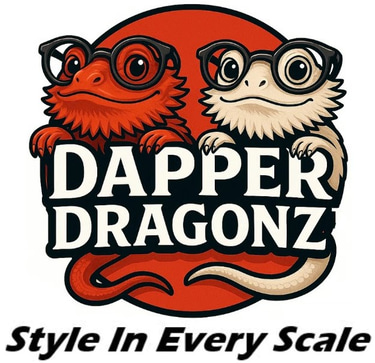-Understanding Genetics in Bearded Dragons
Homozygous:
If a bearded dragon is homozygous for a particular genetic trait, it means that it has inherited two identical copies of the gene responsible for that trait from both of its parents. For example, a dragon that is homozygous for a recessive mutation like "Zero" will have no pattern or color.
⸻
Heterozygous:
Conversely, if a dragon is heterozygous for a trait, it has inherited two different versions of the gene. For instance, a heterozygous dragon carrying the albino gene will not be visibly albino, but it can still pass on the albino gene to its offspring, who could then express the albino trait if they are homozygous for it.
⸻
Recessive Genes:
If a trait is determined by a recessive gene, a homozygous individual will always express the trait, while a heterozygous individual will not. In these cases, the heterozygous individual is a "carrier" and can pass on the gene to offspring, even though they don't show the trait themselves.
⸻
Dominant Genes:
If a trait is dominant, a heterozygous individual will usually express the trait, and it will be visible, even if they only have one copy of the dominant gene. A homozygous individual for a dominant trait will also express the trait, but in a more extreme way.
⸻
Co-dominance:
In some cases, a trait can be co-dominant, where both heterozygous and homozygous individuals show different, yet visible, characteristics. For example, a "leatherback" dragon might show a more extreme phenotype if homozygous for the leatherback gene compared to a heterozygous individual.

Contact Us
Reach out for inquiries about our bearded dragons and tips.
Dapper Dragonz
Quality Bearded Dragons Bred with Care
Contact us:
© 2025. All rights reserved.
